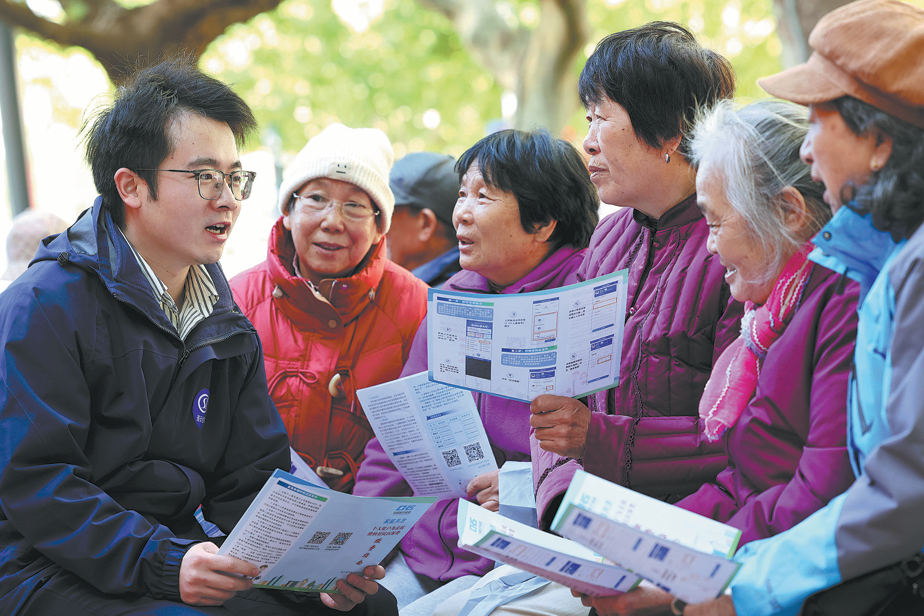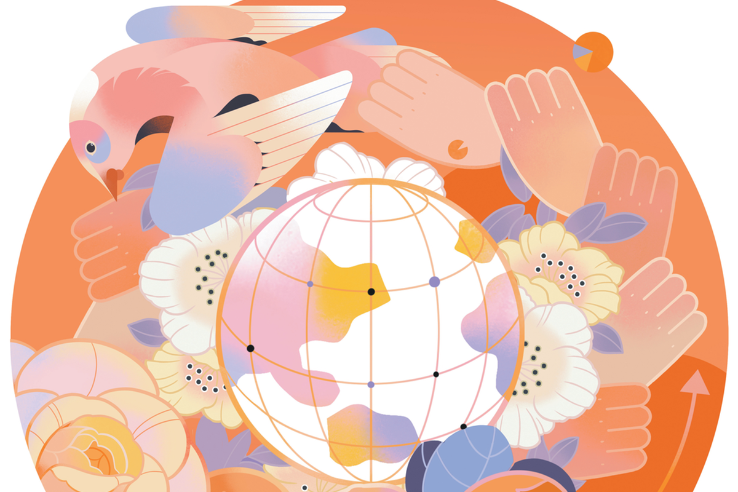What's on

Lingjiatan relics

A relic site showing human activity some 5,000 years ago was revealed in Lingjiatan village, Anhui province, in 1987. Archaeologists were in for a big surprise when uncovering a booming Neolithic culture along the lower reaches of the Yangtze River. They unearthed expansive sacrificial altars and pits, house foundations, trenches and clusters of graves. They also excavated stone tools, pottery pieces, jade objects used in ceremonies, and bones of domesticated animals, indicating a hub of production back then. Lingjiatan culture was thereafter deemed one of the country's "top 100 archaeology findings of the past century". A Shining Star, an exhibition at Anhui Museum, centers on the glories of Lingjiatan that thrived over a span of five centuries. Lingjiatan produced a large quantity of jade objects, showing fine craftwork at the time, and is hailed as one of the three jade-carving centers in prehistoric China. Exhibits at the show include human statues, jade dragons and eagles, reflecting the aesthetics and lifestyle of the people. The exhibition runs through to March 26.
9 am-5 pm, closed on Mondays. 87 Huaining Road, Hefei, Anhui province. 0551-6373-6658.
Pursuit of beauty

Among those who taught at the Academy of Arts and Design, Tsinghua University, Zhu Danian (1916-95) and Wu Guanzhong (1919-2010) were two prominent artists themselves who formed distinctive styles and contributed to the development of 20th-century Chinese art. Zhu once studied ceramic art in Japan and was a pioneer in designing modern Chinese ceramics. He also produced monumental mural works and paintings marked by delicate details and intense colors. Wu's art training was in China and France. His wide-ranging practices of painting expanded the realm of Chinese ink traditions and formed a link between the abstract art of the West and the minimalism of Chinese art. The two artists donated works to Tsinghua that are on show in rotation at a gallery named after them at Tsinghua University Art Museum, where a viewer can learn about their pursuit of beauty.
9 am-5 pm, closed on Mondays. 1 Tsinghua University Campus, Haidian district, Beijing.010-6278-1012.
Classic paintings

Compilation of Classics in the Flourishing Age, a long-term exhibition at the National Museum of China, continues to draw a large audience. It shows printed samples and digital images of the works featured in A Comprehensive Collection of Ancient Chinese Paintings, an ambitious project of cataloging and publishing, which took some 17 years to complete. The project includes 60 albums that catalog more than 12,400 classic paintings, made primarily on paper, silk or linen, which are in the collections of 263 museums, galleries and other cultural institutions at home and abroad. Visitors to the exhibition can embark on a time travel looking at some of the greatest Chinese art in history. For example, Zanhua Shinyu Tu (Court Ladies Adorning Their Hair with Flowers), an animated work by Tang Dynasty (618-907) painter Zhou Fang in the collection of the Liaoning Provincial Museum; and Fuchun Shanju Tu (Dwelling in the Fuchun Mountains), a legendary piece by Yuan Dynasty (1271-1368) artist Huang Gongwang and torn into two pieces, which are now respectively in Zhejiang Provincial Museum and the Palace Museum in Taipei.
9 am-5 pm, closed on Mondays. 16 East Chang'an Avenue, Dongcheng district, Beijing. 010-6511-6400.
China Daily






























